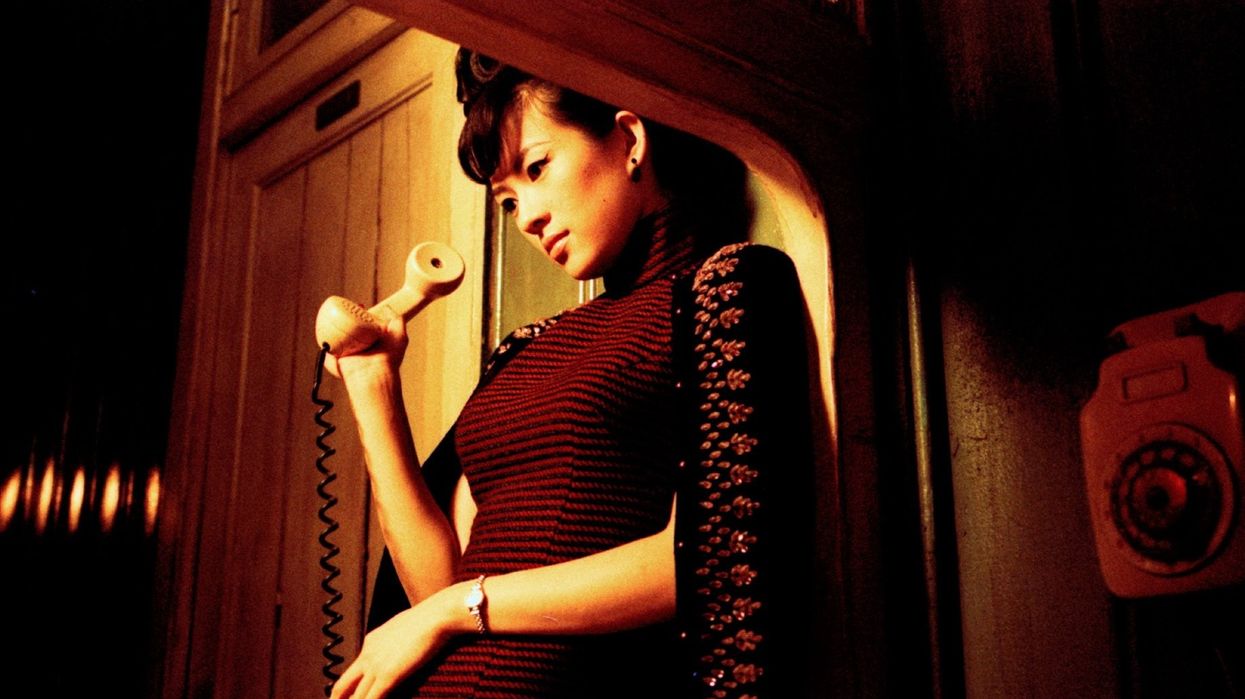Watch: How Wong Kar-Wai Paints with Cinematic Color
Acclaimed Chinese director Wong Kar-Wai uses his frame like an artist's canvas.

In Wong Kar-Wai's In the Mood for Love, two lonely neighbors in a Hong Kong apartment complex forge a relationship built on the ashes of their respective marriages. Lush red seeps through every frame, imbuing the few words spoken in the film with tempestuous desire. As is Wong's signature, saturated color floats deep emotion and psychology to the surface.
Wong and his long-time collaborator, the self-taught cinematographer Christopher Doyle (also known as Du Ke Feng in Chinese), have transformed the use of color into their own form of cinematic symbolism. Together with production designer and editor William Chang, Wong and Doyle intuitively react to the locations in which they film; colors and patterns emerge as the process unfolds.
"You can make incredibly meticulous notes," Doyle said to Vice in 2011, "but when it comes to the actual shoot, you still throw the script away. You have to. For me, it’s about the energy and the inspiration and the possibilities of what’s being attempted in the story. It’s like sculpting. It’s getting rid of the stone to see what’s really inside it."
A new visually-striking supercut by Glass Distortion illustrates how Wong uses color in his movies to induce what can only be described as a hypnotic, beautiful cinematic synesthesia.












